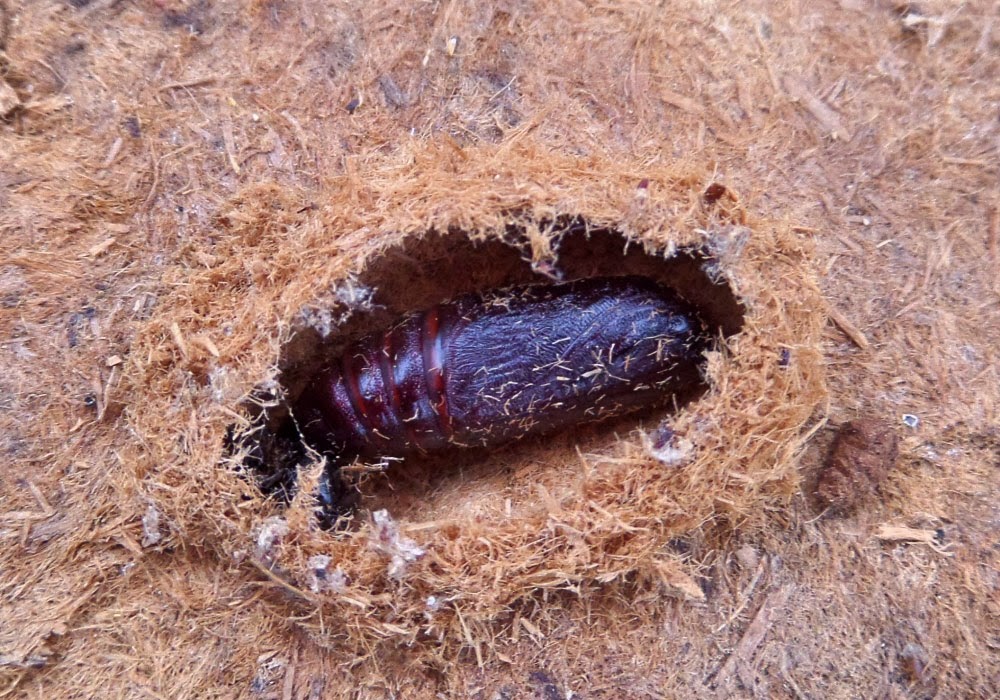Much has been made of the human situation recently with
flooding and all that goes with it but additionally the recent rain and
persistent Atlantic storms have had severe consequences for wildlife in many
places, not least the Atlantic coast of France
where thousands of birds have been washed up on the coastline in recent days.
Principally Guillemot, Razorbill and Puffin the main cause
of death is from exhaustion and lack of food according to analyses carried out
at Nantes, although there have been some with traces of oil that may be from
the ships that leaked fuel after running aground.
Hegalaldia, (Centre de sauvegarde faune sauvage du Pays
Basque) have taken in 85 birds to date with the League for the Protection of
Birds (LPO) and other sources indicating that as many as 500 in Loire-Atlantique,
500 in Vendée, 1000 in Charente-Maritime and more than a thousand on the rest
of the coast have been affected.
With the sea “like a giant washng machine” there is too much
swell and reduced visibility for these birds to fish and following three weeks
of these conditions the recent surge has driven these birds on to the coast
where they have been beached after fighting for days and days to survive.
Although Atlantic storms are “the norm” for the west coast
of France the
difference in this situation which is being experienced by everyone affected is
the duration and strength of these storms.
UPDATE.
As of the 18th February it is estimated that over 11 000 birds were stranded along the Atlantic coast, the main species being affected are Puffin (over 8,000 individuals) , followed by Guillemot. Among all these beached birds some were ringed and they come mainly from the United Kingdom.
The statistical report is still provisional.
It should be noted that the exceptional nature of this mass stranding has never been observed before in France other than by marine pollution.
Every winter illegal discharges from ships are recorded off the French coast, and now following successive storms the Atlantic coast is witnessing the arrival of tar balls. Increasingly oiled birds are reported.
It is probable that more birds will be found on the Atlantic coast throughout the month of February.
As of the 25th February 34,121 birds dead and 2,784 sent to rescue center. Many birds floating off the coast have been reported by fishermen. The still provisional toll is likely to rise in the coming days.
As of the 25th February 34,121 birds dead and 2,784 sent to rescue center. Many birds floating off the coast have been reported by fishermen. The still provisional toll is likely to rise in the coming days.
Photos from LPO France. Click on photos to enlarge.
Chris




























.jpg)